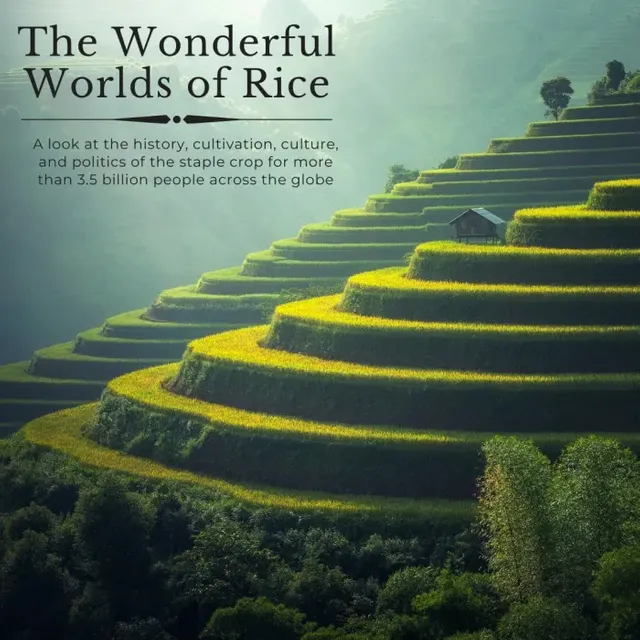Rice: The Staple Diet of Half the World

The Rice Story
It is possible to interpret the history of rice as a reflection of the history of human civilisation. The transformation of people' roving lifestyles and establishment of specific settlements depended heavily on the domestication of wild animals and vegetation. However, agriculture was the primary cause of our protracted or even permanent habitation of the same location, with rice playing a significant role in this development.
Oryza sativa, the rice variety that is most often grown, was domesticated by prehistoric Asian people, but Oryza glaberrima, a different variety of rice, was developed by West Africans. While Asian rice has become a prominent crop and staple food around the world, African rice is still mostly restricted to the continent of Africa. Asian rice is currently the most widely grown kind, even in Africa.
Around half of the world's population—3.5 billion people—eat rice as a daily staple. Interesting observation by John Kerry King is that rice is the foundation of Thai culture's understanding of food, as seen by the language's two primary words for "food," "khaw," which means "rice," and "kab khaw" (meaning "with rice"). Alternatively stated, "meal is either rice or something eaten with it."
The most extensively consumed crop on the planet's history, diversity, agriculture, culture, and politics will all be examined in this article.
Thousands and Thousands of Varieties, Amazing Diversity
The japonica variety and the indica variety of rice are the two subcategories of oryza sativa. Most of the japonica's growth occurs in Japan, China, and Korea, and it becomes sticky when cooked. The non-sticky Indica variety is grown in India and some regions of Southeast Asia.
There are thousands of indigenous types of rice that make up the Asian species. They occur in a variety of shapes, sizes, leaf and husk colours, seed sizes, habitat characteristics, and even scents. They flourish at extremely high elevations, including those found in the Himalayas, along the seashore, and in a variety of other settings. The husks of the red and black rices are, respectively, crimson and black
Additionally, there are numerous wild rice cultivars found all over the world. Over 100,000 different Asian rice varieties, 1,500 different African rice variants, and over 4,500 different wild rice species have all been saved by the International Rice Research Institute, which is situated in the Philippines.
The Oryza sativa species of rice was domesticated in a particular region in China, and it was from there that it spread to the other parts of the world, claims Ricepedia, an online database on rice. The domestication event is estimated to have occurred around 10,000 years ago, and the origin location has been named as Pearl River Valley.
While the tall types of rice can grow as high as a person who is six feet tall, the dwarf varieties can only reach a height of just over 100 centimetres. Farmers pick the tall types from their boats and rafts since they typically grow in wet areas. Another peculiar characteristic of some wild rice variants that thrive in swampy areas with lots of water is that they are perpetual plants as opposed to other widely cultivated rice varieties, which are annual plants. The perennial rice plant's stubbles continue to grow even after the leaves drop off, and when the climate is right, they will eventually sprout new leaves. Some of these species can be found in East India's Sundarbans, a swampy delta created by the rivers Ganges and Brahmaputra.